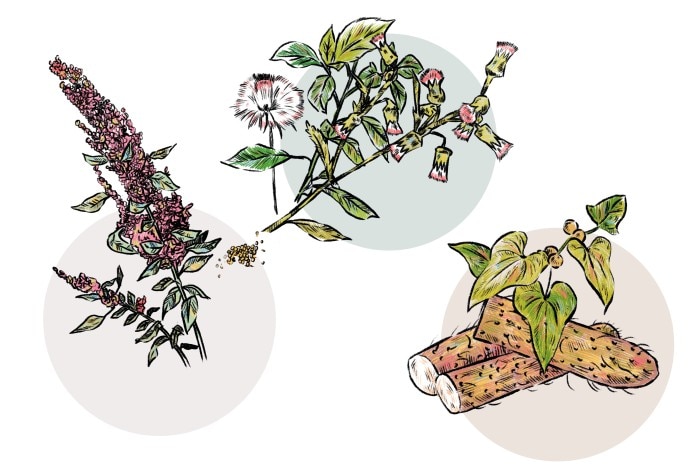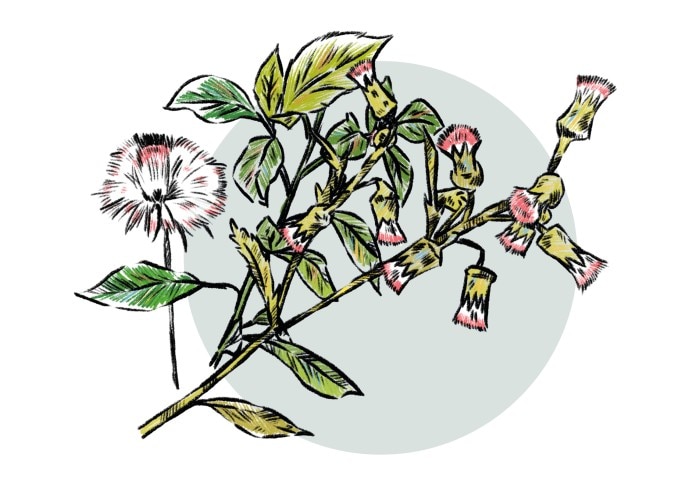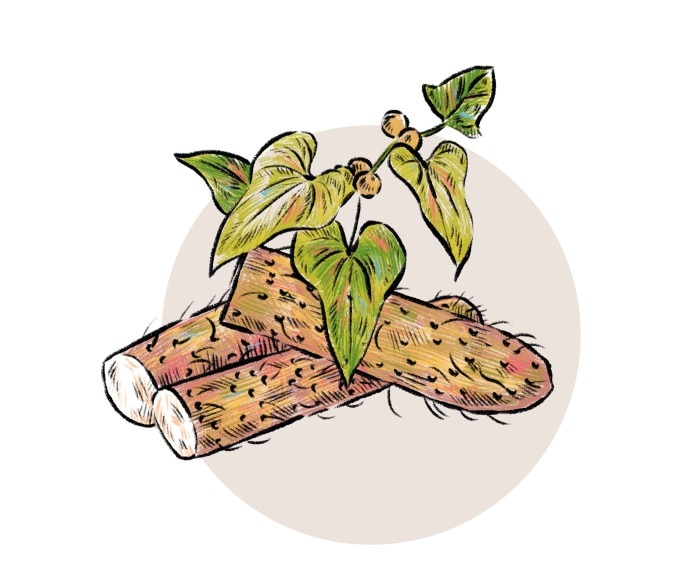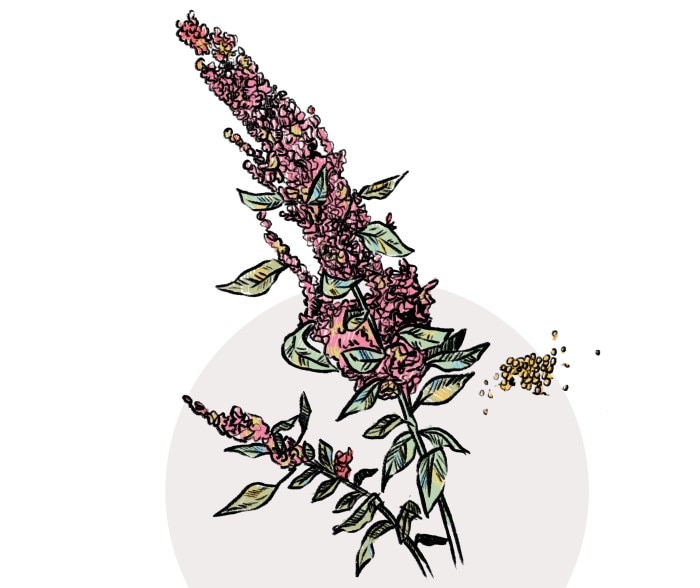MENU
MA | EUR
-
-
-
- Services pour bioprocédés
- Services pour centrifugeuse et rotors
- Services pour Mastercycler
- Services pour automates de pipetage
- Services pour congélateurs
- Services pour incubateurs
- Services pour agitateurs
- Services pour appareils de photométrie
- Service de contrôle de la température et de l’agitation
- Service pour pipette
-
-
-
-
- Services pour bioprocédés
- Services pour centrifugeuse et rotors
- Services pour Mastercycler
- Services pour automates de pipetage
- Services pour congélateurs
- Services pour incubateurs
- Services pour agitateurs
- Services pour appareils de photométrie
- Service de contrôle de la température et de l’agitation
- Service pour pipette
-
MA | EUR
-
- Centrifugeuses de paillasse
- Centrifugeuses au sol
- Centrifugeuses réfrigérées
- Microcentrifugeuses
- Centrifugeuses multi-fonctions
- Centrifugeuses haute vitesse
- Ultracentrifugeuses
- Concentrateur
- Produits IVD
- High-Speed and Ultracentrifuge Consumables
- Tubes de centrifugeuse
- Plaques de centrifugeuse
- Gestion des appareils
- Gestion des échantillons et des informations
-
- Pipetage manuel & distribution
- Pipettes mécaniques
- Pipettes électroniques
- Pipettes multicanaux
- Distributeurs et pipettes à déplacement positif
- Automates de pipetage
- Distributeurs sur flacon
- Auxiliaires de pipetage
- Pointes de pipette
- Consommables d’automatisation
- Accessoires pour pipettes et distributeurs
- Accessoires d’automatisation
- Services pour pipettes et distributeurs
Vous vous apprêtez à quitter ce site.
Veuillez noter que votre panier actuel n’est pas encore enregistré et ne pourra pas être affiché sur le nouveau site ou lors de votre prochaine visite. Si vous souhaitez enregistrer votre panier, veuillez vous connecter sur votre compte.
Aucun résultat trouvé
Chercher des suggestions

New Staples
Découvrir les sciences de la vie
- Nature
- Off the Bench
- Explorer la vie
Manioc, jackfruit, quinoa and millet – not the most prominent players on the global market. This is why they are considered “orphan crops”. These orphans, however, may be looking at a very bright future.
Each spring, canola blossoms paint entire German landscapes a bright sunny yellow. Ever since the 16th century, this cruciferous plant has been a mainstay of our countryside – in the same way that the vegetable oil extracted from it is a mainstay on our supermarket shelves. Initially, however, the oil-rich seeds were bitter and inedible. Only after farmers had bred canola varieties without these bitter glucosinolates and erucic acid did they arrive at the current plant from which oil is pressed. According to the German Food Association (DGE), canola oil is considered the healthiest among the fats.
From orphan to star performer
It was the inedible canola that researchers now consider an “orphan crop”. It had been an orphan among the plants, and it only became a star through the process of domestication – a career that other orphan crops are still awaiting. After all, while Earth holds approximately 300,000 edible plants in store for humans, only a fraction ends up on our plates.
Instead, rice, wheat and corn feed half of humankind while – according to the Global Hunger Index 2021 – more than 800 million people suffer from chronic hunger. Meanwhile, the war in Ukraine, and the associated supply shortages of wheat, further exacerbate malnutrition. For these reasons, scientists are working on cultivating orphan crops. In Africa, universities, industry partners and non-governmental organizations have come together to form the “African Orphan Crops Consortium” with the goal of deciphering the genomes of the 101 most important African plant species.
Among them: ebolo. This plant, also known as Crassocephalum crepidioides, grows in Nigeria. With its basil-green leaves it resembles spinach, and it is consumed as a vegetable. Rich in vitamins and minerals, ebolo is also served as a popular salad in Australia and Asia. The downside: the plant contains a poison, even small amounts of which are capable of damaging the liver or even causing cancer. Researchers at the Technical University of Munich have thus set out to breed a variety without these toxins. Even the predecessors of today’s zucchini, tomatoes, peppers and potatoes employed toxins to protect themselves from pests, and it was only through breeding that palatable varieties were granted entry into our kitchens.
From orphan to star performer
It was the inedible canola that researchers now consider an “orphan crop”. It had been an orphan among the plants, and it only became a star through the process of domestication – a career that other orphan crops are still awaiting. After all, while Earth holds approximately 300,000 edible plants in store for humans, only a fraction ends up on our plates.
Instead, rice, wheat and corn feed half of humankind while – according to the Global Hunger Index 2021 – more than 800 million people suffer from chronic hunger. Meanwhile, the war in Ukraine, and the associated supply shortages of wheat, further exacerbate malnutrition. For these reasons, scientists are working on cultivating orphan crops. In Africa, universities, industry partners and non-governmental organizations have come together to form the “African Orphan Crops Consortium” with the goal of deciphering the genomes of the 101 most important African plant species.
Among them: ebolo. This plant, also known as Crassocephalum crepidioides, grows in Nigeria. With its basil-green leaves it resembles spinach, and it is consumed as a vegetable. Rich in vitamins and minerals, ebolo is also served as a popular salad in Australia and Asia. The downside: the plant contains a poison, even small amounts of which are capable of damaging the liver or even causing cancer. Researchers at the Technical University of Munich have thus set out to breed a variety without these toxins. Even the predecessors of today’s zucchini, tomatoes, peppers and potatoes employed toxins to protect themselves from pests, and it was only through breeding that palatable varieties were granted entry into our kitchens.
Lire moins

The Nigerian plant "Ebolo" contains many vitamins and minerals and is often eaten as a salad
Chinese roots
The Chinese yam, also known as nagaimo, tells a similar story. This starchy root, which contains substances that offer protection from cardiovascular illness, produce thin tubers. Its slightly sweet and nutty taste is reminiscent of that of the sweet chestnut. This tropical plant thrives exclusively in Asia and West Africa – deep underground. Harvest is challenging – the plant must be dug up carefully by hand. Now researchers at Westphalian Wilhelm University of Münster, together with their colleagues from Nigeria, are planning to employ molecular genetic methods to breed the plant in such a way that it will become larger, rounder and thicker – and thus more resilient. At the same time, Dioscorea opposita is to become more robust against pests. The scientists are hopeful that, at the end of the day, Chinese yams could help people in Nigeria fight hunger as well as mitigate dependency on imports.
The Chinese yam, also known as nagaimo, tells a similar story. This starchy root, which contains substances that offer protection from cardiovascular illness, produce thin tubers. Its slightly sweet and nutty taste is reminiscent of that of the sweet chestnut. This tropical plant thrives exclusively in Asia and West Africa – deep underground. Harvest is challenging – the plant must be dug up carefully by hand. Now researchers at Westphalian Wilhelm University of Münster, together with their colleagues from Nigeria, are planning to employ molecular genetic methods to breed the plant in such a way that it will become larger, rounder and thicker – and thus more resilient. At the same time, Dioscorea opposita is to become more robust against pests. The scientists are hopeful that, at the end of the day, Chinese yams could help people in Nigeria fight hunger as well as mitigate dependency on imports.
Lire moins

The Chinese yam tastes similar to the sweet chestnut – and is said to prevent cardiovascular diseases
Breeding local exotic species
Moreover, the scientists are planning to cultivate Chinese yams as a crop in Europe. It would then qualify as a “local exotic” – an exotic crop grown locally, which satisfies our culinary wanderlust while at the same time fulfilling the demands of a planetary health diet – a diet which not only benefits people, but which also helps sustain Earth. In this way, food will not have to be flown from one country to another in a climate-damaging manner. The chia plant, for example, originates in Mexico, but it may now be grown in Germany – thanks to scientists at the University of Hohenheim in Stuttgart, who registered the variety “Juana” with the German Federal Plant Variety Office.
Quinoa is another orphan crop that is well-known in Europe. As early as 6,000 years ago, this South American plant, with its especially protein-rich seeds, served as a staple to pre-Columbian peoples, and today, it is celebrated as a superfood in Europe. The rising demand, however, leads to rapidly increasing prices of this pseudo-grain in cultivating countries such as Bolivia. For this reason, scientists are working on ways to adapt quinoa to a more moderate climate zone.
Orphan crops are being studied in more depth, and they are being adapted to meet our needs. This will help prevent unbalanced diets while at the same time contributing to more sustainable farming practices. By 2050 at the latest, when, according to UN projections, 10 billion people will inhabit Earth, these orphans among plants will contribute to eliminating hunger in the world – hopefully.
Moreover, the scientists are planning to cultivate Chinese yams as a crop in Europe. It would then qualify as a “local exotic” – an exotic crop grown locally, which satisfies our culinary wanderlust while at the same time fulfilling the demands of a planetary health diet – a diet which not only benefits people, but which also helps sustain Earth. In this way, food will not have to be flown from one country to another in a climate-damaging manner. The chia plant, for example, originates in Mexico, but it may now be grown in Germany – thanks to scientists at the University of Hohenheim in Stuttgart, who registered the variety “Juana” with the German Federal Plant Variety Office.
Quinoa is another orphan crop that is well-known in Europe. As early as 6,000 years ago, this South American plant, with its especially protein-rich seeds, served as a staple to pre-Columbian peoples, and today, it is celebrated as a superfood in Europe. The rising demand, however, leads to rapidly increasing prices of this pseudo-grain in cultivating countries such as Bolivia. For this reason, scientists are working on ways to adapt quinoa to a more moderate climate zone.
Orphan crops are being studied in more depth, and they are being adapted to meet our needs. This will help prevent unbalanced diets while at the same time contributing to more sustainable farming practices. By 2050 at the latest, when, according to UN projections, 10 billion people will inhabit Earth, these orphans among plants will contribute to eliminating hunger in the world – hopefully.
Lire moins

Quinoa is well known. But the South American plant also has the potential to satisfy hunger worldwide
